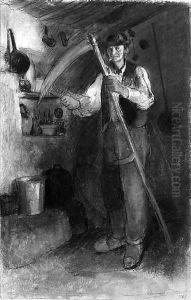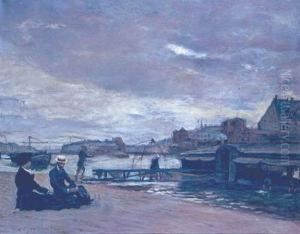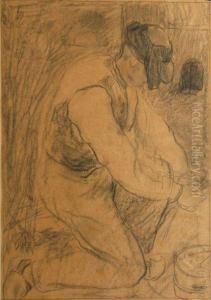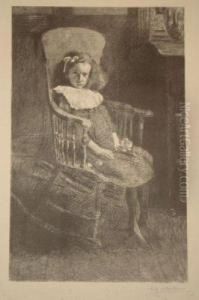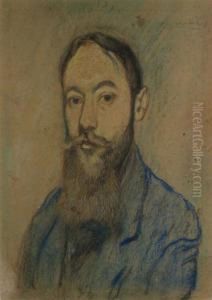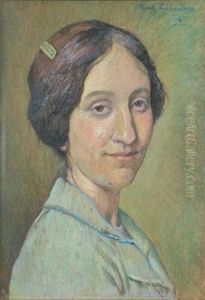Charles Milcendeau Paintings
Charles Milcendeau was a French painter born on October 14, 1872, in Cholet, France. He was known for his paintings that often depicted the rural landscapes and traditional life in the Vendée region of France. Milcendeau was a student of Gustave Moreau, a significant symbolist painter, which influenced his style and the mystical elements that can be seen in some of his works.
Milcendeau began his artistic education at the École des Beaux-Arts in Nantes before moving to Paris to continue his studies. Under the guidance of Moreau, he developed a style that combined the symbolist influence with the realism of his regional subjects. Milcendeau's paintings often reflect a fascination with light and shade, and he was skilled at capturing the atmosphere of the scenes he depicted.
Despite not achieving widespread fame during his lifetime, Milcendeau was respected among his contemporaries and participated in various exhibitions, including the Salon de la Société Nationale des Beaux-Arts in Paris. His work was appreciated for its poetic representation of the French countryside and the lives of its inhabitants. Milcendeau's art is characterized by its vibrant colors, and he was known to use a palette knife to apply thick layers of paint, giving his work a distinctive texture.
After his death on December 6, 1919, in Soullans, France, Milcendeau's legacy continued to be honored in the region he loved and depicted so often in his work. The 'Musée Milcendeau Jean Yole' in Soullans was established to preserve and present his works to the public. Although Milcendeau may not be as well-known as some of his contemporaries, his contribution to the art of the Vendée and the beauty he captured in his paintings ensure that he is remembered as an important regional artist of early 20th-century France.
